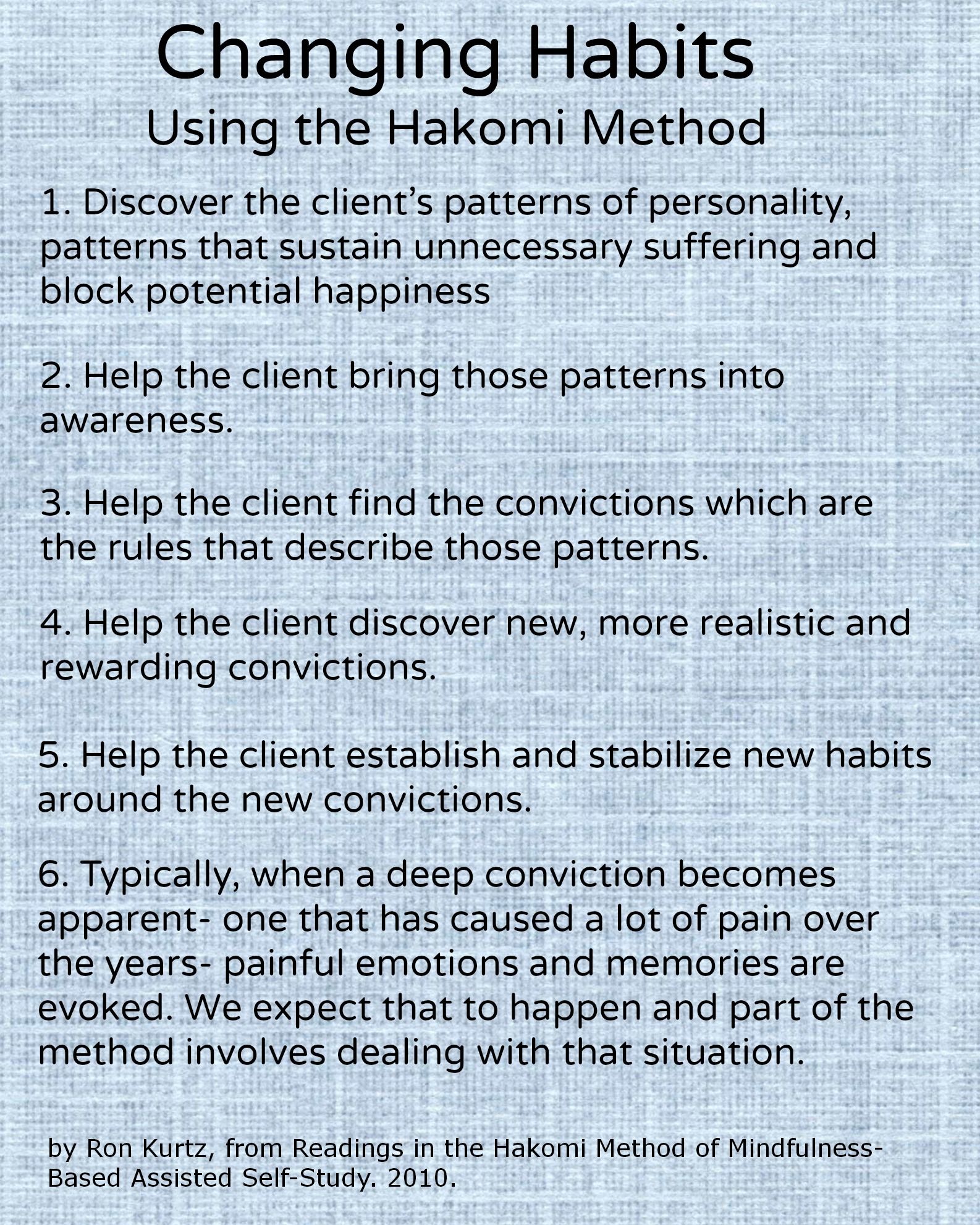Hakomi therapy, a form of body psychotherapy developed by Ron Kurtz (the first Hakomi therapist) in the 1970s, is an alternative to traditional talk-based therapies. This article will provide an overview of what Hakomi therapy is and how it differs from other forms of counseling, as well as discuss its application for specific issues such as depression.
Contents
What Is Hakomi Therapy?

Hakomi therapy is a form of body psychotherapy that uses mindfulness to help clients become aware of their thoughts, feelings, and bodily sensations. It was Ron Kurtz who gave in the 1970s as an alternative to traditional talk-based therapies.
History And Development Of Hakomi Therapy
Kurtz began developing Hakomi therapy in the 1960s while studying Eastern religions and meditation techniques. He introduced this form of psychotherapy to his students at Antioch College, where he founded a training program for counselors in 1972. The following year, Kurtz published ‘Hakomi: A New Approach To Psychotherapy’ with co-author Lee Osterweiss.
In their book, Kurtz and Osterweis define Hakomi therapy as a ‘comprehensive system of psychotherapy that focuses on the individual’s experience about his total being.’ The authors provide an overview of what Hakomi therapy is, how it differs from other forms of counseling, its application for specific issues such as depression, and the use of touch in sessions.
Theory Of Hakomi Therapy

The theory of Hakomi therapy is based on five core principles:
- The individual has an innate capacity for self-awareness.
- People are innately good and psychologically healthy.
- There is no absolute reality; individuals create their own subjective experience through the interpretation of events, which can be changed by changing internal beliefs or behavior.
- ‘Unfolding’ is the process of becoming aware of hidden beliefs, emotions, and memories that are affecting one’s life.
- The primary motivation for human behavior is to grow toward wholeness or healthiness.
Core Principles Of Hakomi Therapy

There are four core principles of Hakomi therapy:
Mindfulness: The use of mindfulness to become aware of thoughts, feelings, and bodily sensations.
Contact: The use of touch in sessions to help the client feel safe and comfortable.
Attention: The therapist focus on the individual’s experience rather than on their words or symptoms.
Non-judgmental attitude: The therapist does not judge the individual’s experience, instead of accepting it as a learning process.
Nonviolence: The therapist uses nonviolence in the form of not judging, blaming, or shaming clients.
Gentleness: The therapist uses gentleness to avoid alienating clients.
The Use Of Touch In Hakomi Therapy

Hakomi therapy is the only form of body-centered psychotherapy that incorporates touch into sessions. The use of touch may take many forms, depending on individual preferences and therapeutic needs, including holding hands or clasping wrists while asking questions.
Touch is not used to express the therapist’s own emotions, but rather it helps clients become aware of their bodies and acceptably connect with them. The intention behind touch is one of safety; however, there are potential risks involved including sexual contact between client and therapist if either person misinterprets these intentions.
What Happens In A Hakomi Session?
In a typical session, the therapist and client will sit facing each other in a quiet room. The therapist will ask the client to close their eyes and focus on their breath, becoming aware of any thoughts, feelings, or bodily sensations that come to mind. The therapist will then help the client explore these thoughts and sensations, using gentle touch if necessary.
The use of touch in Hakomi therapy is unique. Other forms of body psychotherapy such as Reichian Therapy or Bioenergetics involve touch, but only when the therapist and client have attained a high level of trust over time. Hakomi therapists will generally use light contact to help clients better recognize their physical boundaries.
Issues Treated With Hakomi Therapy
Hakomi therapists will usually focus on psychological and physical issues, including:
- Depression
- Anxiety
- Trauma
- PTSD
- Chronic pain
- Relationship problems
- Sexual dysfunction
What You Should Look For Hakomi Therapist?

When looking for a Hakomi therapist, it is important to find someone who has been trained in the Hakomi Method. There are several training programs available, and therapists must complete a rigorous certification process to be qualified to practice Hakomi therapy.
Training For Hakomi Therapist
Before becoming a Hakomi therapist, an individual must take a training course. There are several training programs available for becoming a Hakomi therapist, an individual must take a training course. There are two levels of Hakomi therapist certification: junior and senior level. The latter is a more advanced qualification that enables the therapist to supervise other therapists.
Limitations Of Hakomi Therapy
Although Hakomi therapy can be very effective in helping individuals resolve psychological and emotional issues, it is not appropriate for all clients. There are some cases where Hakomi therapy may not be the best course of action, and a therapist should always be consulted before starting treatment.
Additionally, this therapy can be difficult for individuals who have trouble being in touch with their bodies or emotions, as it requires a high level of awareness and requires an intense level of commitment from both therapist and client. Therefore, Hakomi therapists will often encourage clients to keep a journal or diary to help them better understand their own experiences and emotions.
Professionals’ View On Hakomi Therapy
Hakomi therapy is viewed positively by professionals in the field of mental health. A survey conducted by ‘The Clinical Psychologist’ found that 69% of practitioners rated Hakomi as either ‘the most effective form of psychotherapy’ or among those which were very effective.’
Criticism Of Hakomi Therapy
Some critics have accused Ron Kurtz of promoting an anti-scientific approach to therapy, as he believed that scientific research was too limited in scope. Hakomi therapist training is also expensive by comparison to other forms of counseling such as cognitive-behavioral therapy (CBT).
Conclusion
Hakomi Therapy is a therapeutic approach that aims to help individuals resolve psychological and emotional issues. It is a gentle form of therapy that uses mindfulness and contact with the body to help individuals become more aware of their thoughts, feelings, and bodily sensations. This therapy can be an effective treatment for certain mental health conditions, but it comes with risks. Therefore one should weigh those risks carefully before starting the therapy. In addition, Hakomi therapists must complete training before they are certified to practice.
If you are looking for affordable Online Counseling MantraCare can help: Book a trial therapy session


